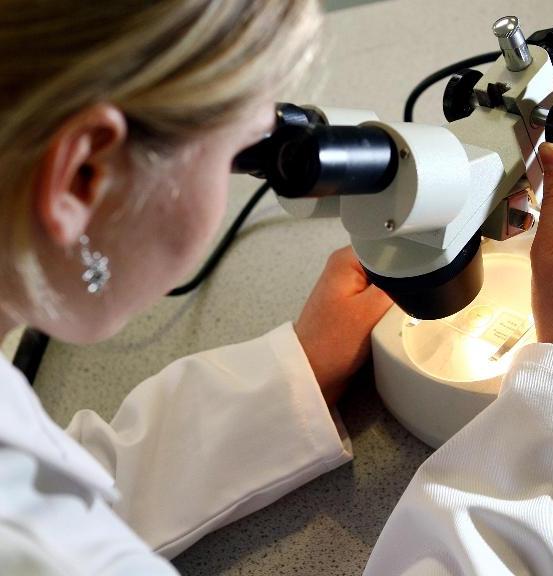3D printing points way to smarter cancer treatment
British scientists have developed a new use for 3D printing, putting it to work to create personalized replica models of cancerous parts of the body to allow doctors to target tumors more precisely. The work involves printing 3D “phantoms” of tumors and organs based on CT scans taken of patients during treatment. These plastic moulds can be filled with liquid, allowing experts see in detail the flow of so-called radiopharmaceuticals. A scientist at the Institute of Cancer Research in London, believes accurate modeling will allow doctors in future to fine-tune dosing.
If we personalise treatment according to the radiation dose delivered to the tumor, then we should have a better outcome. I think it will have a huge impact.
Glenn Flux, head of radioisotope physics at the Institute of Cancer Research in London
Radiopharmaceuticals are used to treat a number of different tumors, including thyroid cancer, cancers of nerves cells in children and certain tumors that have spread to the bones. In healthcare, 3D printers are used by dentists to create replicas of jaws and teeth, as well as some finished dental implants, while orthopedic surgeons have tested them to make customized hip replacements. And last year U.S. scientists grew human ears from cow cells with the help of a 3D printer.

Health 3d cancer